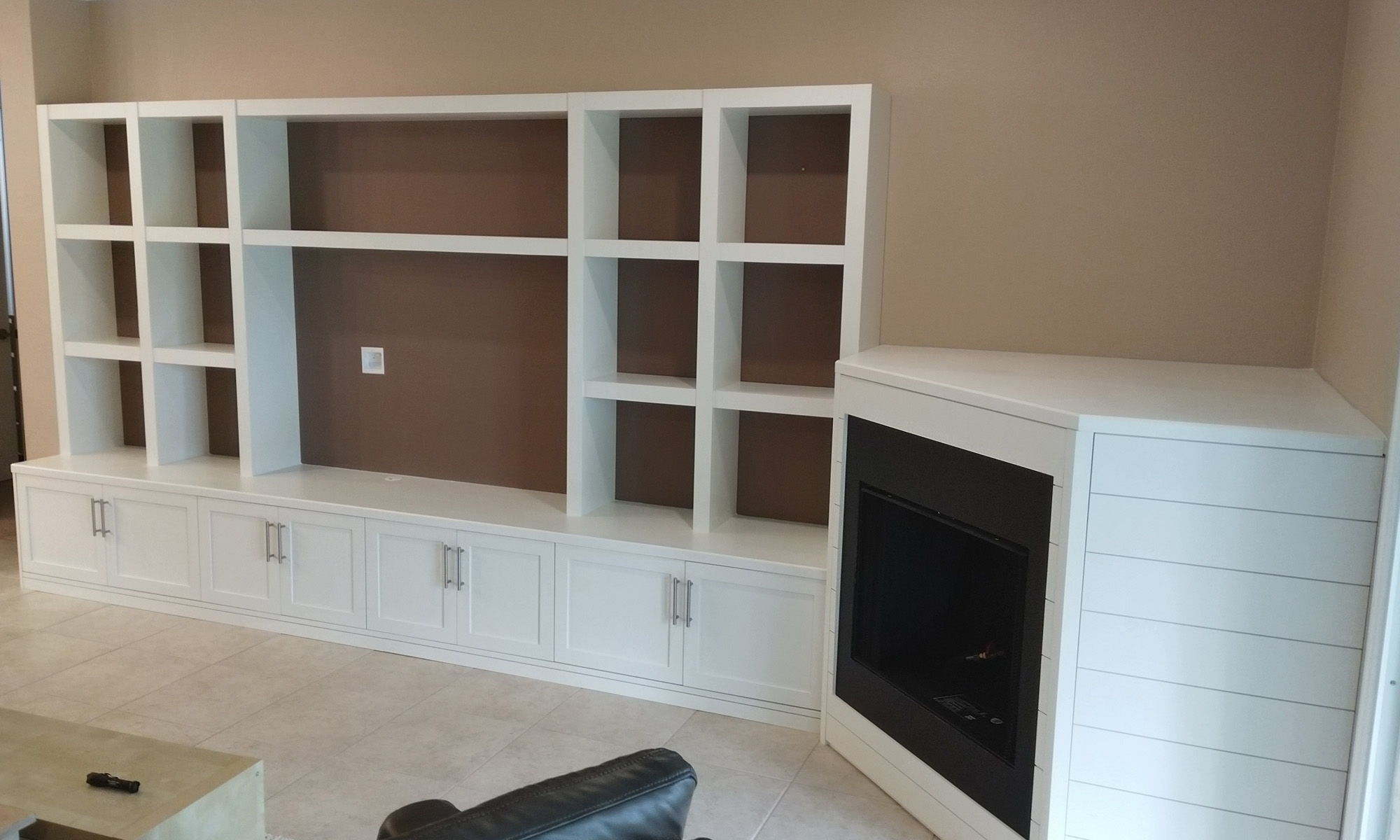In this post I’m going to share my technique for making a wooden collar for a hollow form with a threaded pewter insert. In previous posts I have shown how I cast, turn and thread a pewter collar for a hollow form. I’ve also shown an easy way to cast a texture onto a pewter collar for a hollow form. Aesthetically, the main difference with this collar is that when the finial is screwed into the collar there is no pewter showing, however I am still able to retain the functionality of the threaded pewter. It is a nice way to showcase a special piece of wood on the top of a hollow form.
In this example I am using a small piece of rosewood burl. It is about 3/4″ thick and I have cut it into a rough circle about 2 1/2″ diameter on my bandsaw. With the jaws of my chuck closed I am holding it against the jaws with the live center.
This enables me to round it over and turn a shallow dovetail tenon on the piece.
I then rotate the piece and mount it in the chuck jaws so that I can drill a 1″ hole with a forstener bit to a depth of about 1/2″.
Using a thin shop made parting tool I then cut a groove into the wall of the hole that I have drilled. The idea here is to form a shallow groove to make a mechanical joint for the pewter. The parting tool was made from an old sawzall blade.
Here you can see the groove. It is about 1/8″ deep. I find it easiest to stand on the far side of the lathe when turning this groove.
The piece is then taken to my melting pot and molten pewter is cast into the hole. When the pewter has cooled it is a good idea to wick some thin CA glue into the joint between the pewter and the wood. The groove provides a mechanical joint that prevents the pewter from coming out of the hole. However the forces involved in drilling and threading the pewter are likely to cause the pewter insert to spin in the hole. Applying the CA glue at this point will prevent this from occurring and any CA residue will be turning off later in the process.
The piece is mounted back on the lathe and a 3/4″ hole is drilled through the piece. 
Using a lathe tap holder, the threads are tapped into the pewter. As you can see I forgot to wick the CA glue into the joint between the pewter and the wood. The pewter stayed fixed while I was drilling, but as soon as I started threading it started to rotate. you can clearly see the CA residue on the surface of the wood which I will turn off shortly.
A close up shot of the tap and the threaded insert.
The top surface of the collar is now turned and a seal coat of shellac applied.

A 1/2″ male adapter is now mounted in a pair of long jaws and the collar is turned around and screwed onto the adapter to allow me to finish the underside of the collar.
Another shot showing the collar held on the lathe with the PVC male adapter.
The underside of the collar is turned. A tenon is turned to allow it to be attached to the opening in the hollow form. The bulk of the collar is also reduced, as is the threaded pewter insert, while still leaving some threads to accept the finial.

A shot of the top surface of the finished collar.
A shot of the underside of the finished collar.












This one is really good. Overcomes some of the issue of so much weight in a totally pewter collar.
Thanks Ed. You’re right, the collar is a lot lighter than the all pewter collar. It’s also a good way to use up those small scraps of special wood we all tend to accumulate 🙂
Hi Keith, I agree with Ed. I really like this solution. So many possibilities with the wooden collar vs the all pewter. Thanks for sharing with me. Regards, Hugh Cowart
You’re welcome Hugh.
Uses a lot less pewter too. I look forward to getting the pewter I ordered so I can try some of these things.
I’m looking forward to seeing what you come up with Walt.